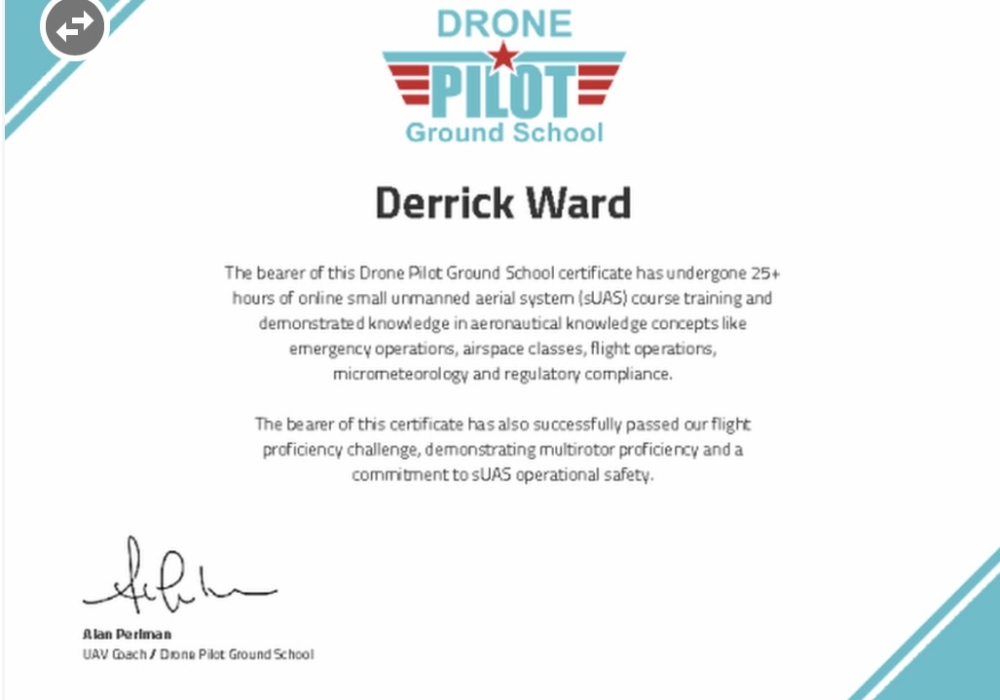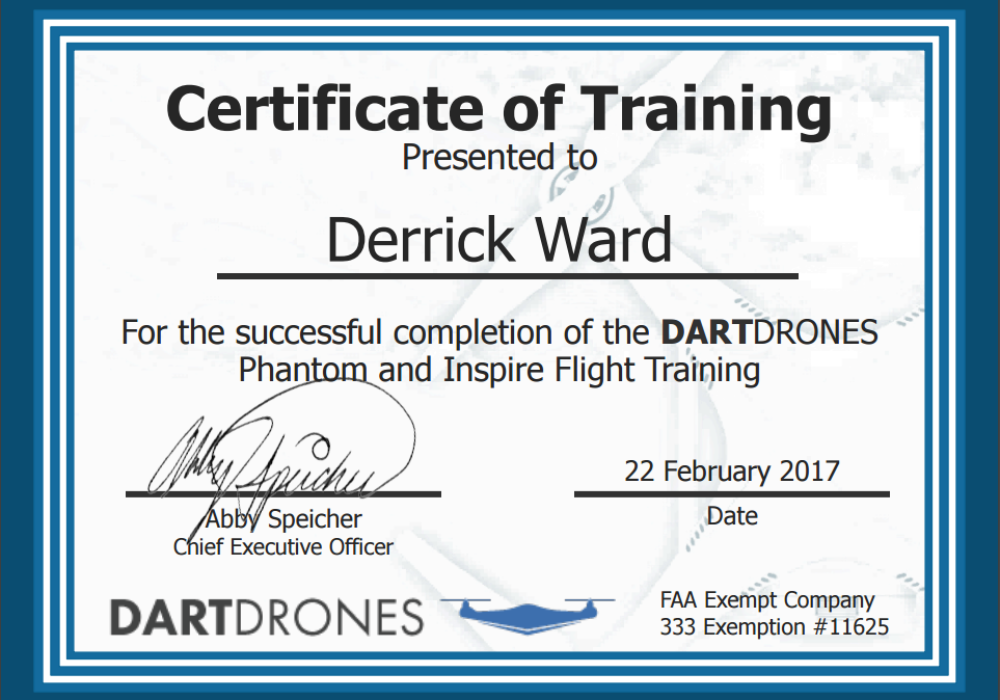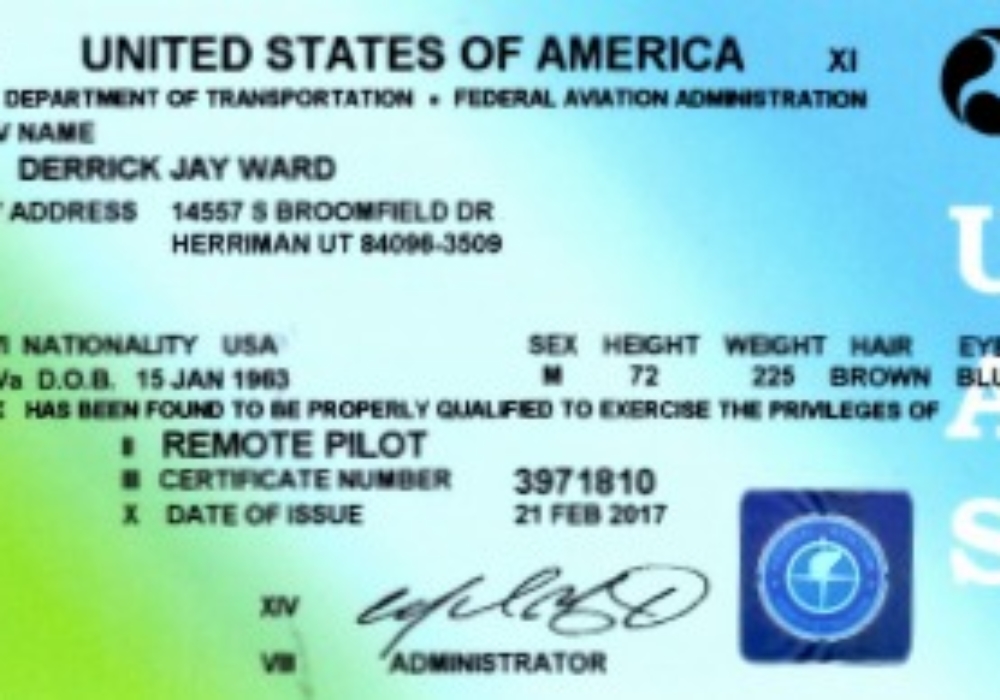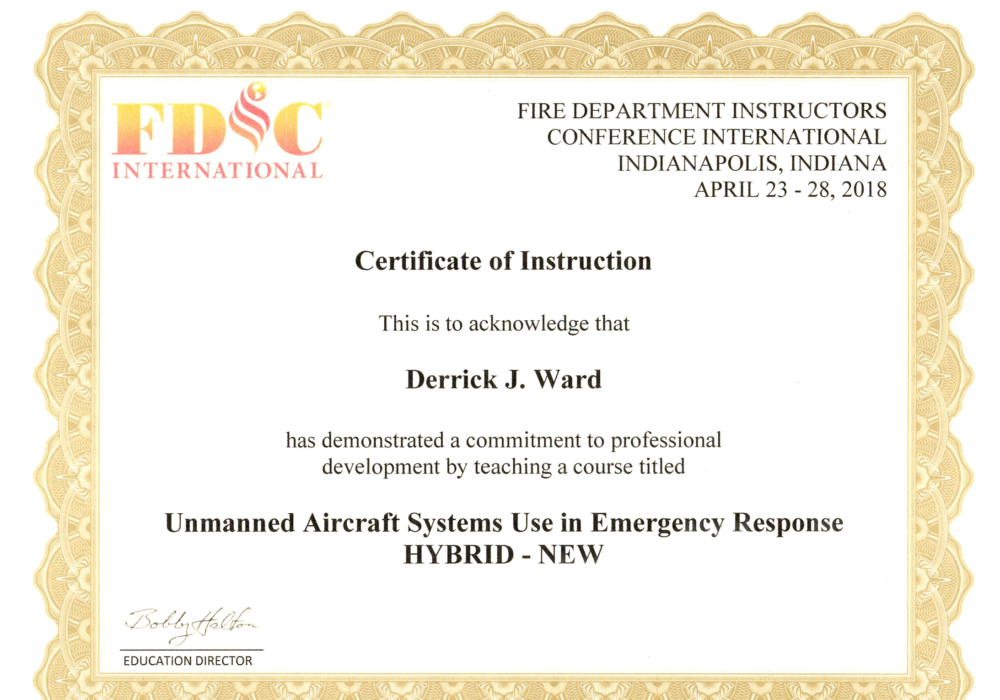When the Los Angeles Fire Department launched their drone program back in December to help combat the rampant wildfires that were affecting the city, it was a big deal.
Major news organizations around the country picked the story up, and reported on the innovative approach the LAFD was taking to do everything they could to stop the fires.
The story was so widely covered, and the LAFD is held in such high esteem, that at the time we speculated that the launch of their drone program could represent a tipping point that would lead to widespread adoption by other public agencies throughout the U.S., and possibly the world.
We already have a group of firefighters FAA-certified to fly drones, and soon drones will be helping with structure and brush fires, and with accidents, water rescues, and a lot more. The L.A. drone program is going to be one of the biggest in the world.
– Derrick Ward, Los Angeles City Fire Department
But what specific steps did they have to take to launch their drone program?
Given the size of the city of L.A., the potential bureaucratic hurdles required to actually launch something so new were significant. In this article, we’ll share the step-by-step process that was followed for the LAFD’s drone program approval to be expedited, so that the department could have UAVs at their disposal to help with the devastating outbreak of wildfires.
By sharing this in-depth information, we hope that other fire departments can follow a similar approach to help develop and launch UAS programs in their cities. Not all cities will need to take as many steps and include as many stakeholders as are listed out below, but by seeing how this process unfolded in a city the size of Los Angeles, we hope other cities can learn how they might be able to plan and expedite the incorporation of drones into their operations as well.
A quick note: We owe a big thank you to our friend and Drone Pilot Ground School alum Derrick Ward for the information presented in this article. Derrick led the creation of the drone program in L.A., and he’s generously shared his time with us to inform our reporting on the LAFD’s drone program launch and related stories.
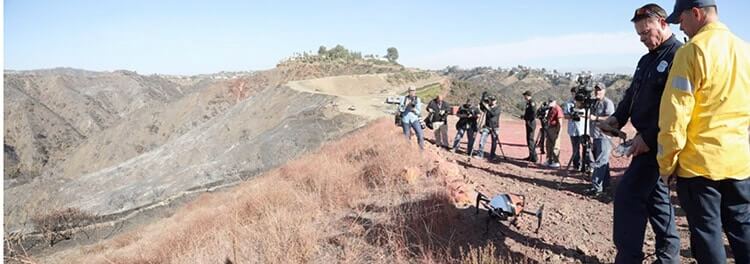
Derrick doing a demo for the media outside Los Angeles
HERE ARE THE STEPS THE LAFD FOLLOWED TO LAUNCH THEIR DRONE PROGRAM
1. Proposal of the Drone Program to the Board of Fire Commissioners
In June of 2017, the LAFD submitted a formal proposal to the Board of Fire Commissioners outlining its proposed policy governing the use of UAS in their operations. As part of their submission, they included an in-depth draft of an operations manual that was 30 pages long.
2. Strategic Plan on Innovation Meeting
Following the submission of their proposal, key representatives from the LAFD took part in a “strategic plan on innovation” with city and fire representatives.
3. Presentation to the Board of Fire Commissioners on Draft Operations Manual and Policy of Use
As a follow up to their formal proposal to the Board of Fire Commissioners, LAFD representatives made an in-person presentation to the Board of Fire Commissioners, in which they covered their draft Operations Manual and their Policy of Use.
Here is an excerpt from the proposed Use Guidelines:
USE GUIDELINES
We envision this technology being applied in two phases. Phase I will focus on use scenarios limited to:
• Hazard Assessment (with example) related to BUT not during the initial action phase of an incident.
• Hiker (Hi/low angle rescue) Incidents
• Swift Water Incidents
• Extended/Expanded Incidents (FIMT Activation)
• Planned Training Events
Phase II will be identified as the period of time after which the Department has completed the FAA’s process and obtains a Certificate of Authority. These use scenarios may include:
• Wildfire Mitigation
• Flood Response
• High Rise and Commercial Fires
• Hazardous Material Mitigation
• Search and Rescue
• Structure Collapse and Confined Space Rescue
• Pre-Incident Fire Planning
• Post-Incident Fire Review
• Creating Communication Networks during disaster response
4. Public Comment and Feedback/Review from ACLU
Following the presentation and review by the Board of Fire Commissioners, the LAFD opened up the drone program for public comment and review by the City Attorney and the American Civil Liberties Union (ACLU).
This step was crucial for getting buy-in, and demonstrating that the proper review steps had been taken to involve key stakeholders—not just those more internally concerned with operational matters, but also those concerned with how a drone program might be perceived by the public.
This review helped make the LAFD’s follow up letter to the Board of Fire Commissioners from Fire Chief Ralph Terrazas that much stronger.
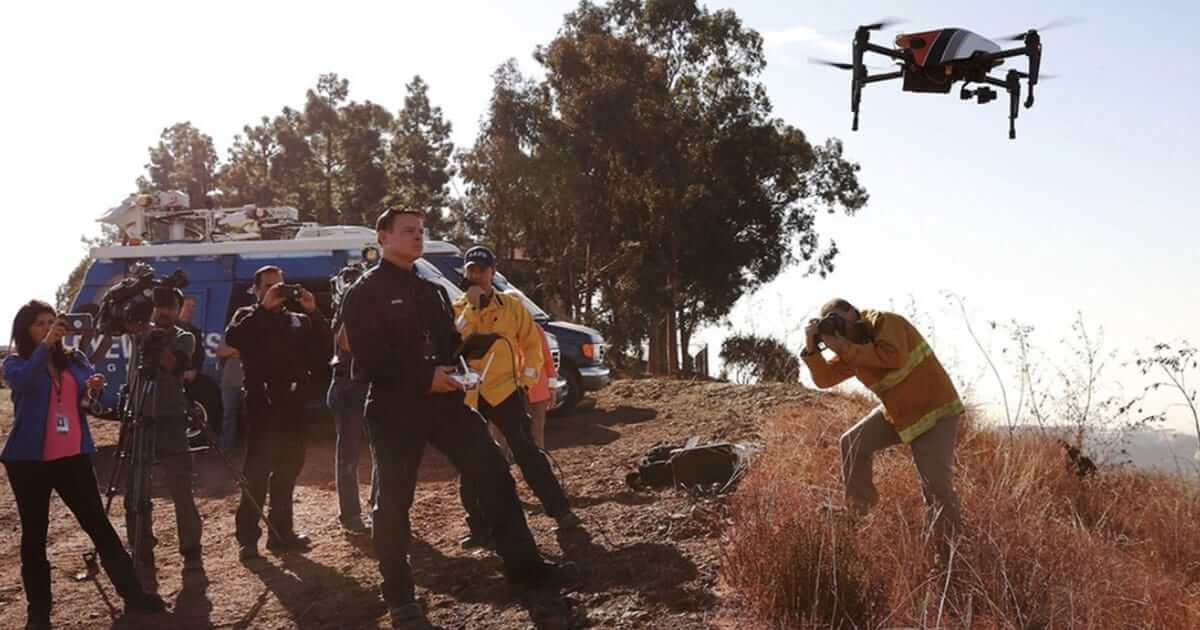
The remaining steps are pretty self-explanatory, and were primarily focused on including key stakeholders, and providing maximum transparency and opportunities for interested parties to both see the value of the proposed drone program, and have a voice in how it was shaped:
5. Follow Presentation for Board of Fire Commissioners with Updated Draft Operations Manual and Policy of Use
6. Presentation to City Safety Committee, with Public Comment
7. Presentation to City Council for vote
8. After City Approval, Request to City Attorney for Declaration Letter
9. Declaration Letter Sent to FAA to Apply for a COA
Want to learn more about applying for a COA? Check out this article on the process.
10. COA Received in December
By luck, the LAFD received their COA in December, right around when the wildfires hit.
Because they had already put in all this work they were able to launch their drone program quicker than anticipated, and get it up and running to help with the wildfires.

As you can see, even though the launch of the drone program was expedited in December, the LAFD had already done the lion’s share of the work to both create the necessary documentation for launching—they had a 30 page Operational Manual in place, as well as a Policy of Use—and to loop in the appropriate stakeholders for approval.
Do you want to build a drone program in your public agency, but don’t know where to start? We hope this article will help you get started with thinking through all of the steps you’ll need to take for a successful launch.


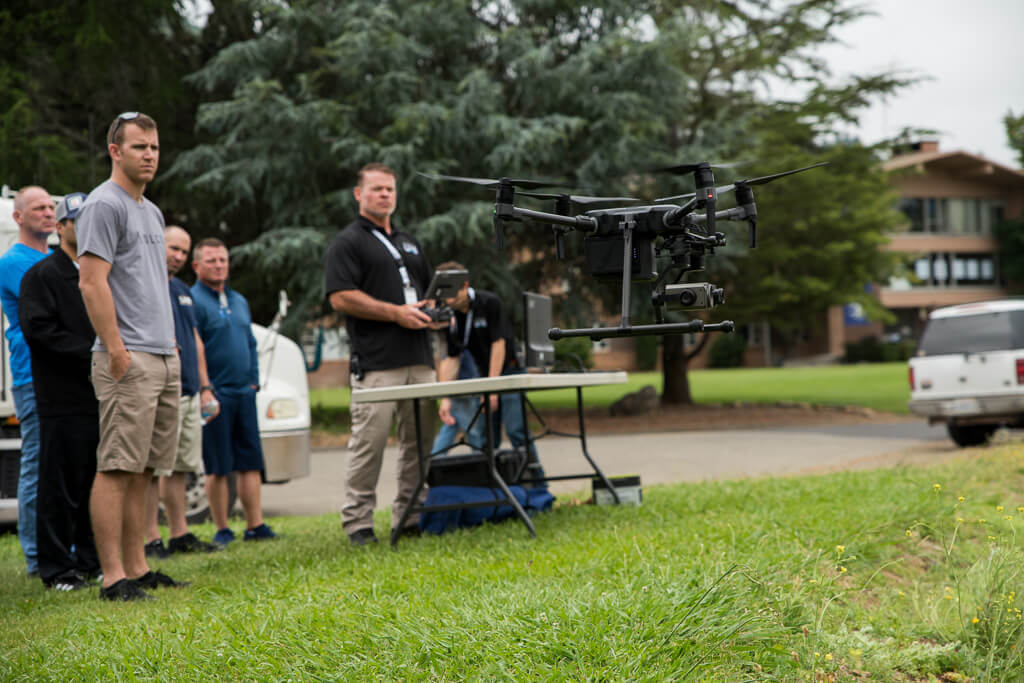
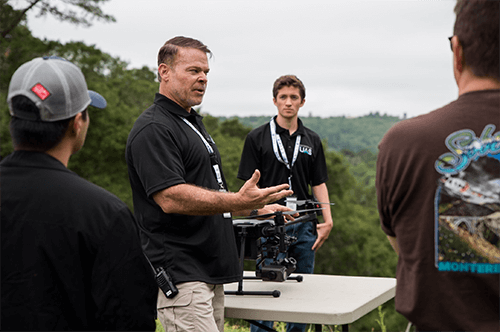
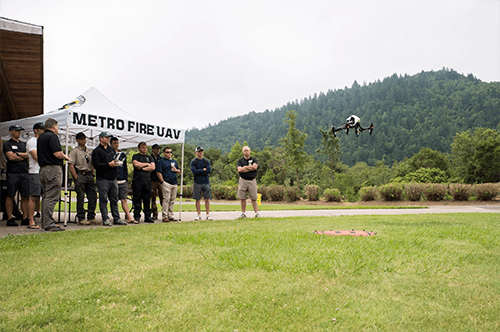
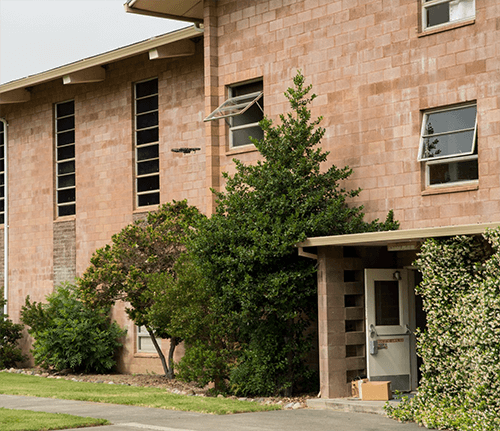 Another training scenario was set up was with an Inspire 1 and a drop system. We were able to show the best way to safely drop objects such as a life vest, radio, or tagline with the drone. The difference it can make to be able to drop that kind of equipment to people in need during an emergency rescue is incalculable.
Another training scenario was set up was with an Inspire 1 and a drop system. We were able to show the best way to safely drop objects such as a life vest, radio, or tagline with the drone. The difference it can make to be able to drop that kind of equipment to people in need during an emergency rescue is incalculable.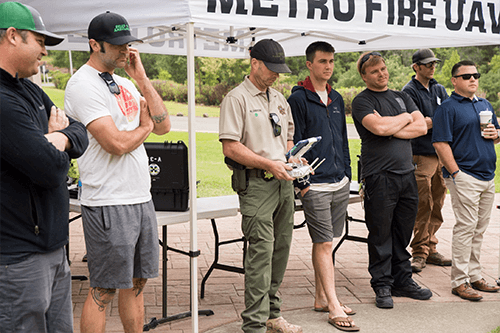 What kind of feedback did you get from attendees after the event was over?
What kind of feedback did you get from attendees after the event was over?
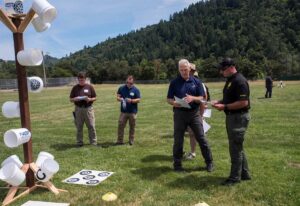


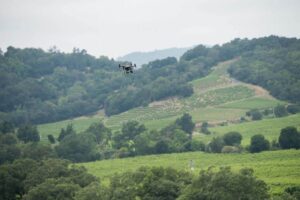

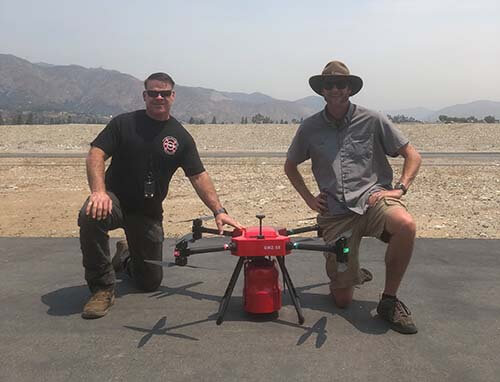 What kind of practical difference can drones make in an emergency situation?
What kind of practical difference can drones make in an emergency situation?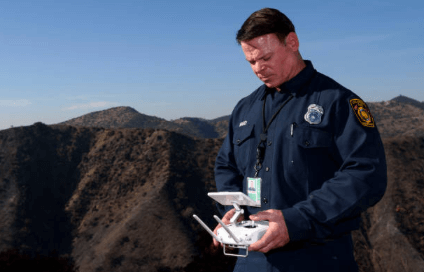 What are some of the biggest challenges you’ve seen departments struggle with as they work through this kind of drone program adoption process, and how can they best avoid or resolve them?
What are some of the biggest challenges you’ve seen departments struggle with as they work through this kind of drone program adoption process, and how can they best avoid or resolve them?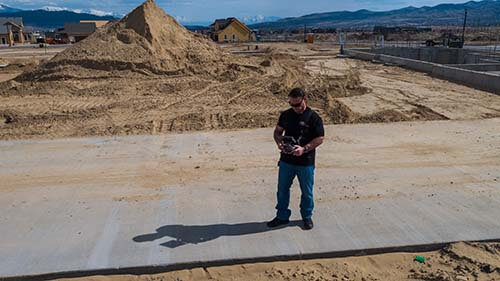 Speaking of that difference between public and private applications, you’re one of the few people who has a deep knowledge of both, given your work with the LAFD along as well what you do at
Speaking of that difference between public and private applications, you’re one of the few people who has a deep knowledge of both, given your work with the LAFD along as well what you do at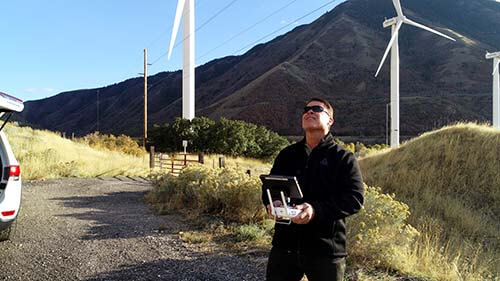 What would you say to someone in both the public and commercial sectors who sees the potential applications and benefits of drones, but aren’t sure the technology is going to be a fit for their department or workflow?
What would you say to someone in both the public and commercial sectors who sees the potential applications and benefits of drones, but aren’t sure the technology is going to be a fit for their department or workflow?